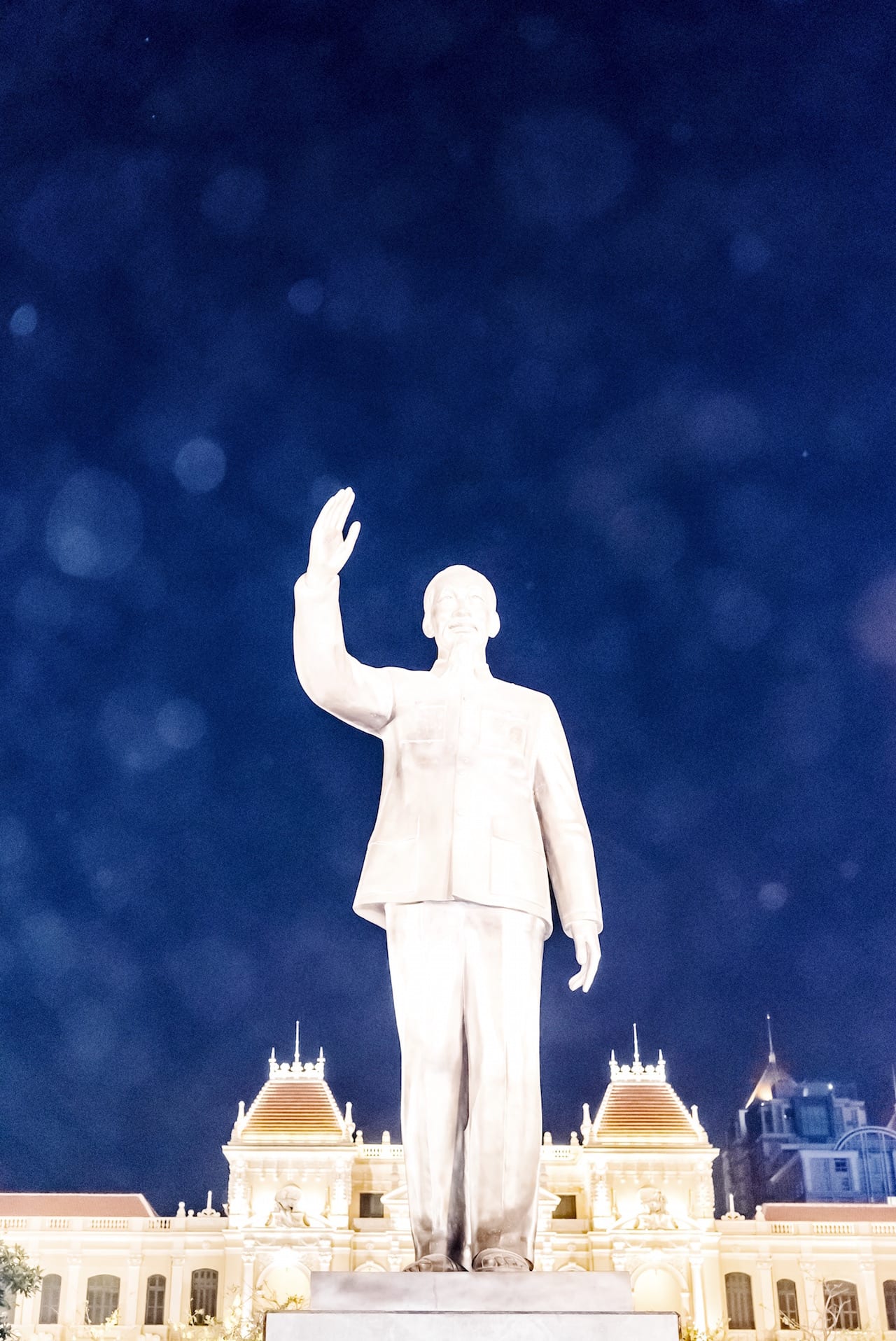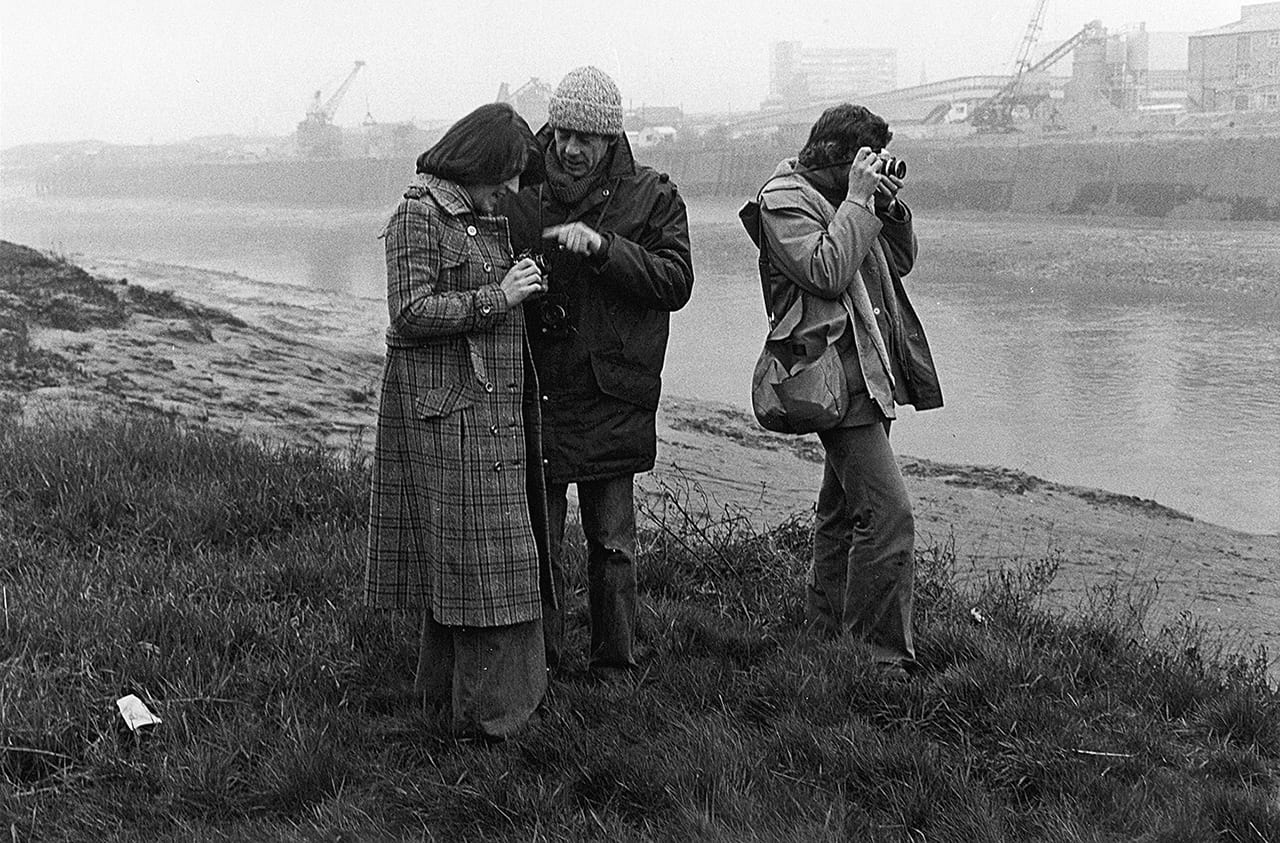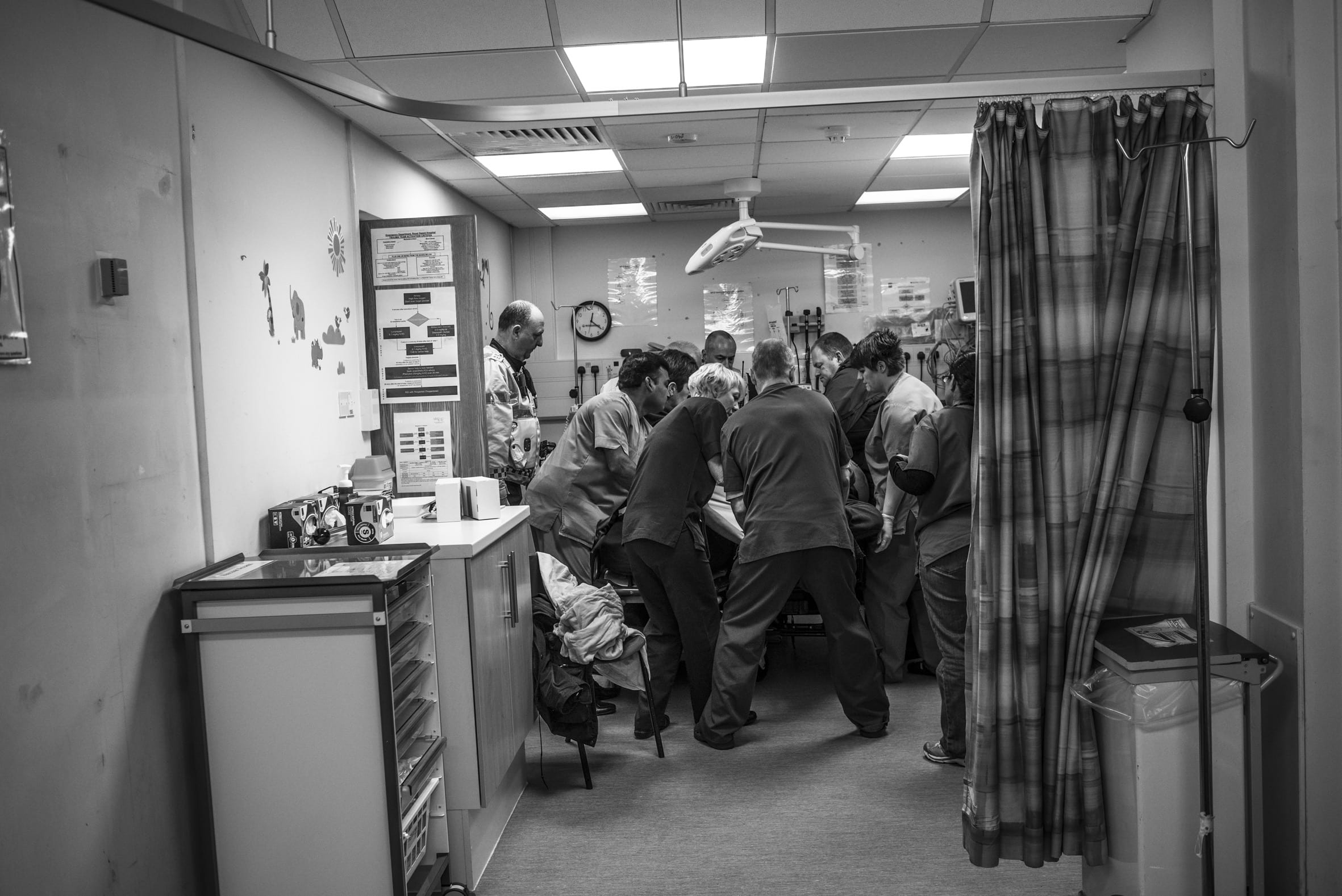Charlie surfs on Lotus Flowers, which addresses the control of the one-party Communist government, and United States of Vietnam, which looks at the slow victory of capitalism over communism and its consequences for Vietnam’s economy. Using a combination of a staged, typological form of photography in United States of Vietnam, and a more autonomous, naturalistic style for Charlie surfs on Lotus Flowers, Sapienza intends to leave something for the viewer to work out. “They have to try to put their feet in the author’s shoes,” he says. “They just need to get the leitmotiv of your project, not the full, descriptive content. In that exchange lives the real core of the project.”










